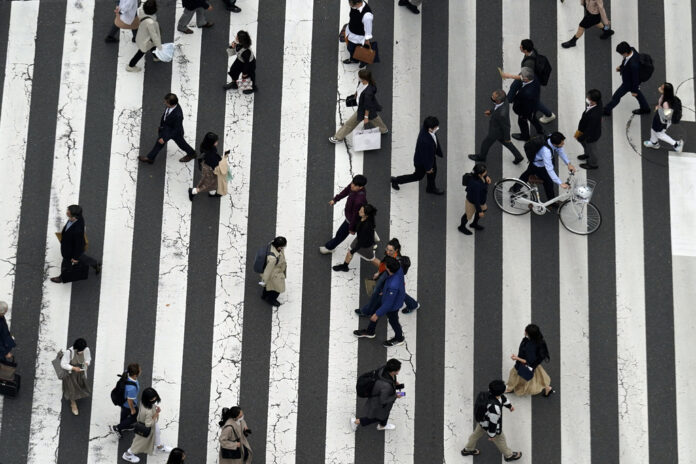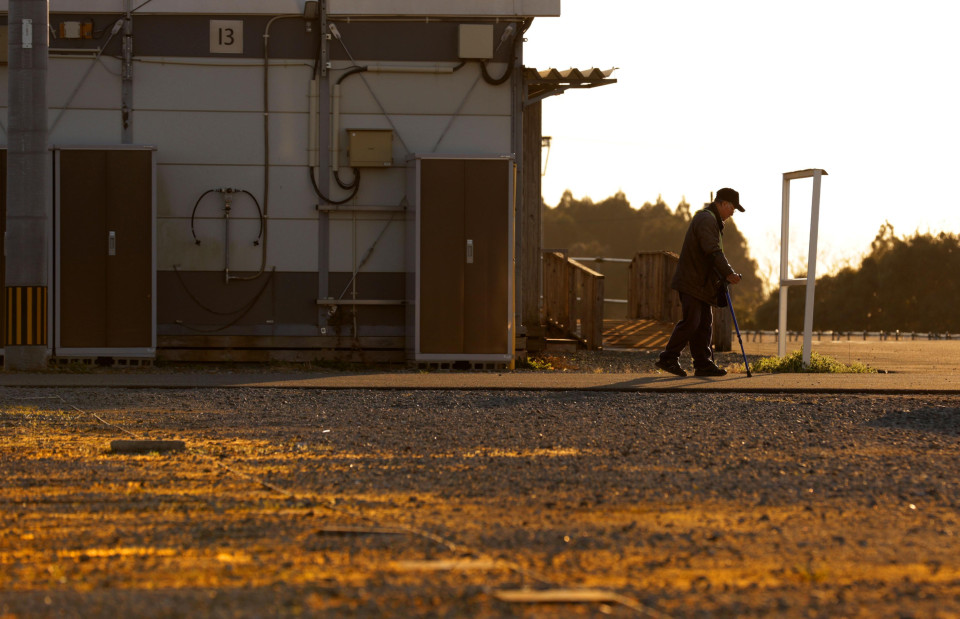
The population of Japanese nationals fell 801,000 in 2022 from a year earlier to 122,423,038, marking the largest drop and the first time all 47 of the country’s prefectures have seen a decline since the survey began in 1968, government data showed Wednesday.
As of Jan. 1, 2023, Japan’s population, including foreign residents, stood at 125,416,877, down around 511,000 from a year earlier, according to a demographics survey by the Ministry of Internal Affairs and Communications.
The trend indicates an urgent need for Japan to develop measures to address the declining birthrate and improve employment opportunities for youth and women in regional areas.
While Prime Minister Fumio Kishida has called for implementing “unprecedented” measures to boost the birthrate in a last-ditch effort to arrest population decline by 2030, doubts persist about whether such initiatives, which are mostly extensions of existing policies, will be effective.
Japanese nationals declined for the 14th consecutive year in 2022, with a record low of 772,000 births in Japan significantly exceeded by a record high 1.57 million deaths.
Nationals working or studying abroad accounted for a decline of around 7,000 of the population.
The number of Japanese nationals in Okinawa, which had been an outlier the previous year, shrank for first time since comparable data was made available in 1973, the data showed.

The foreign population rose for the first time in three years by around 289,000 to 2,993,839 in the reporting year, as the relaxation of strict COVID-19 border controls facilitated the return of international students and technical interns.
The National Institute of Population and Social Security Research estimates that foreign nationals will make up 10 percent of the population by 2070, with some local governments already engaged in efforts to attract professional talent from Asia.
By prefecture, only Tokyo saw an overall population increase due to the high influx of foreigners to the capital, while Akita Prefecture in northeastern Japan saw the largest population decrease at 1.65 percent.
Among municipalities, 92.4 percent saw a decrease in the population of Japanese nationals, while 7.6 percent experienced an increase.
Those aged 14 and under accounted for 11.82 percent of the Japanese population, falling by 0.18 percentage point from the previous year, while people aged 65 and over increased by 0.15 point to 29.15 percent.
The working population, or people between 15 and 64, rose by 0.03 point to 59.03 percent of the overall population.















































